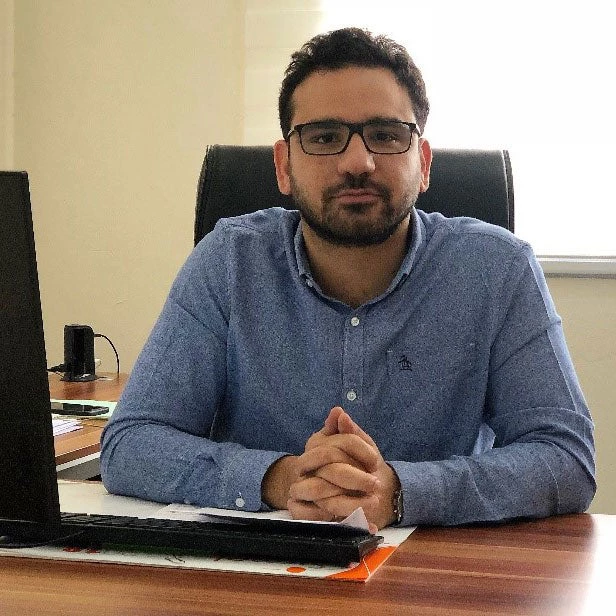
In 2010 Gabon was lagging far behind in the development of its digital sector. The cost of internet access was exorbitant and service quality left a lot to be desired. This was due largely to the monopoly enjoyed by the traditional provider, Gabon Telecom, and to the lack of fiber optic transport infrastructure in the country. Furthermore, the legal and regulatory framework of the sector was not conducive to the attraction of private sector investment.
To turn things around, we decided to include a digital component in our national development plan: le Plan stratégique Gabon émergent (The Strategic Plan for an Emerging Gabon). This plan provided for the reorganization of the sector and the establishment of both the Agence nationale des infrastructures numériques (National Agency for Digital Infrastructure and Frequencies ANINF), and the Autorité de régulation des communications électroniques (Regulatory Authority for Electronic Communication ARCEP). We also had to invest massively in digital infrastructure and update the communication code as well as the old law texts that had been in existence for some ten years.
To implement this plan, the Gabonese Government took the decision in 2011 to enlist the advice and services of the World Bank. There were so many divergent views on how to approach this strategy that, in the beginning, nobody really believed that the project would succeed.
It would take almost a year of negotiations to reach consensus on the infrastructure management model. On the one hand, the World Bank wanted the State to privatize its infrastructure, whereas we were not keen on making an investment over which we would then have difficulty exercising oversight.
As chairman of the Steering Committee, I have no regrets about the time it took to work it out. When there is clarity from the outset for all concerned, then the project is more likely to succeed. It was against this background that in May 2012 the Gabonese Government signed a loan agreement valued at 58 million dollars with the World Bank for the financing of the Central African Backbone Project (a)
This agreement provides for the financing of the Gabonese landing station for the new ACE submarine cable, as well as the deployment of 1,100 km of optical fiber to the Congolese border.
The financing also covers the implementation of all the necessary preliminary studies: economic, technical, environmental and social. The project also aims to improve the legal and regulatory framework of Gabon’s digital sector. The conditions applicable to the loan agreement helped to ensure that all parties adhered to their commitments. A notable example was the use of an international tender for the award of a fiber optic infrastructure concession contract to a concessionaire. The consensus reached was a source of reassurance to the World Bank as well as to Gabon, which was no longer obliged to privatize.
Following the commissioning of the ACE cable in 2014, the cost of internet access was reduced tenfold. The grant of 3G/4G telecommunications licenses to providers helped to boost demand for web capability, improve service quality and unleash the digital revolution in Gabon. In less than a year, thanks to the mobile telecommunications sector, Gabon’s rate of internet penetration grew from 28 percent to almost 72 percent. Gabon’s success would then encourage other countries, such as Mauritania, Senegal and Congo, to copy the Gabonese model of using a holding company for digital assets in the implementation of similar projects with the World Bank.
On September 28, 2015, the United Nations specialized agency for information and communication technologies (ITU) conferred the “ICTs in Sustainable Development Award” on Gabon’s Head of State, Ali Bongo Ondimba. In the ITU’s last annual report published on November 15, 2017, Gabon rose 10 places in the Internet Development Index and is now sixth in Africa, after Botswana and ahead of Ghana.
The reforms undertaken by Gabon, with the support of the World Bank, were instrumental in creating a framework for attracting foreign direct investment, as exemplified by the Groupe Vivendi Africa (GVA), which in 2017 launched its first African operation as an internet service provider in Gabon. It offers fiber optic broadband network connectivity (FTT) to individuals and businesses. Almost CFAF 15 billion would be invested over three years and about one hundred direct and indirect jobs created.
Buoyed by the success of this venture, Gabon requested additional financing to construct 500 km of additional optical fiber. Work on this new link began in May 2018 and will serve to interconnect the north of Gabon to Cameroon and Equatorial Guinea in another milestone that, with time, will provide 86% of the Gabonese population with ultra-high-speed infrastructure and cement Gabon’s position as the future digital hub of Central Africa.


Join the Conversation